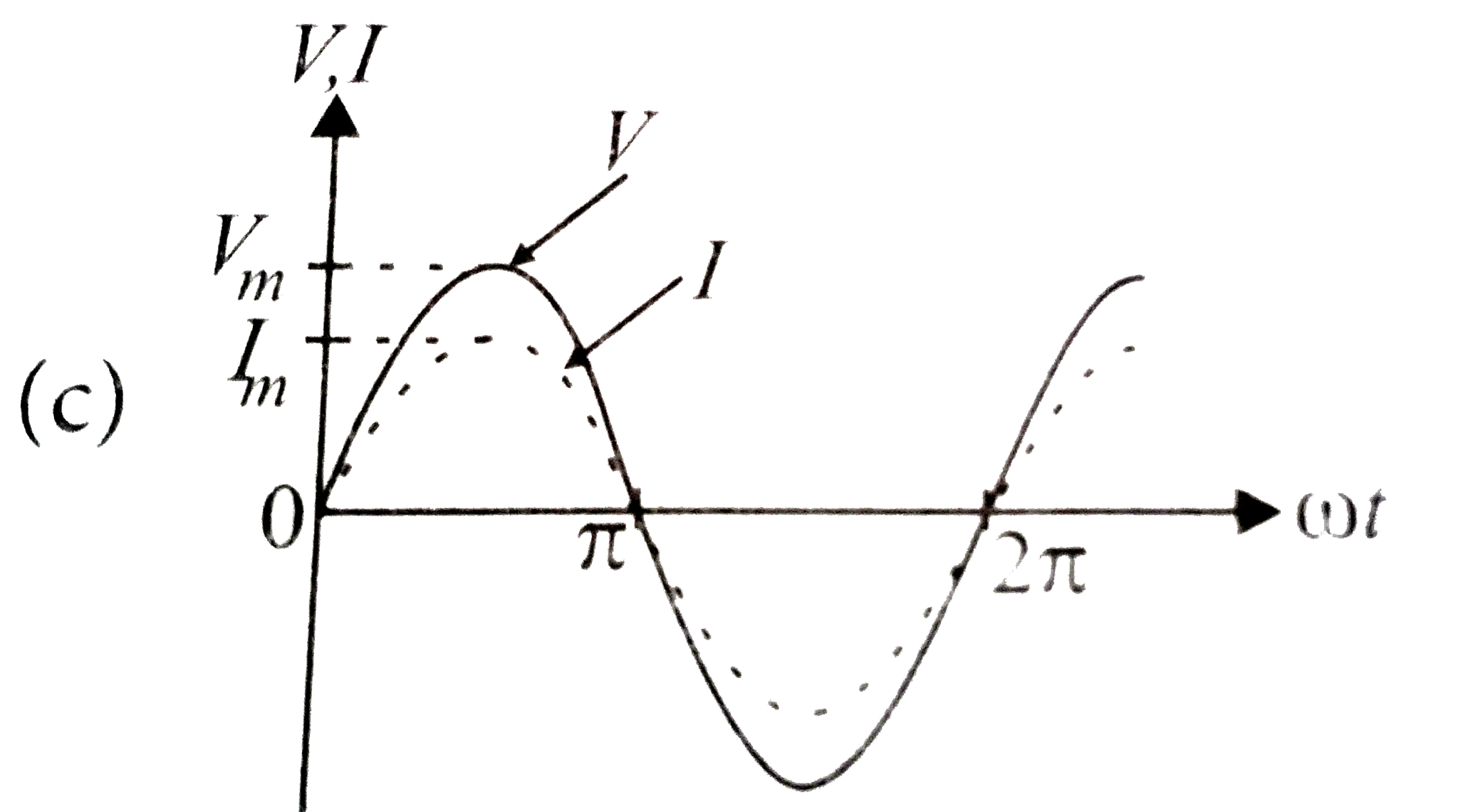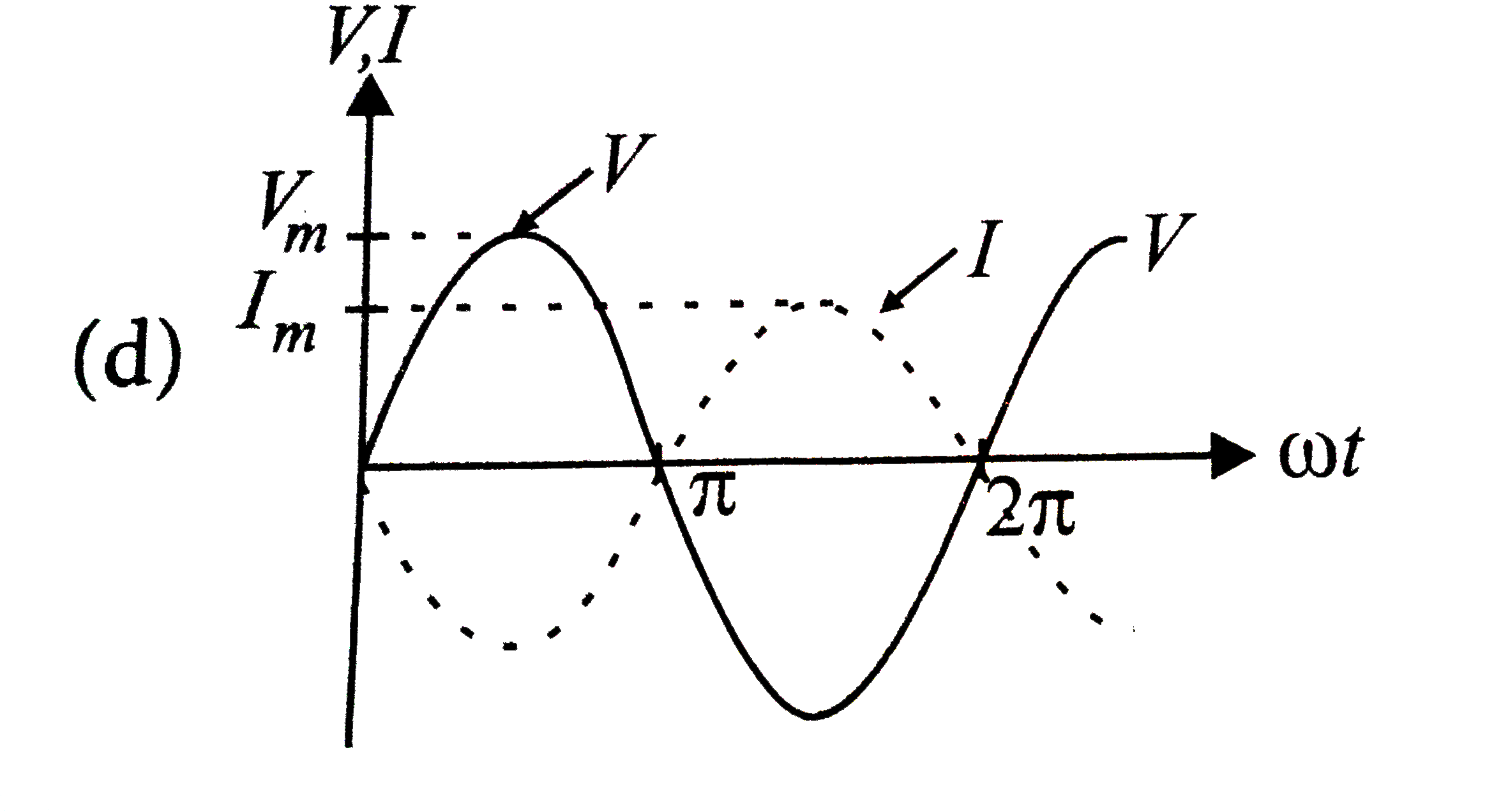Assertion: Faraday's laws are consequences of conservation of energy.
Reason: In a purely resistive AC circuit, the current lags behind the e.m.f. in phase
If both the assertion and reason are true and reason is correct explanation of the assertion .
If both the assertion and reason are true but reason is not a correct explanation of the assertion .
If the assertion is true but the reason is false.
If both assertion and reason are false.
The correct Answer is:C
To solve the question, we need to analyze both the assertion and the reason provided.
1. Understanding the Assertion:
- The assertion states that "Faraday's laws are consequences of conservation of energy."
- Faraday's laws of electromagnetic induction explain how a change in magnetic flux through a circuit induces an electromotive force (emf) in that circuit. This process involves the conversion of mechanical energy into electrical energy.
- Since energy cannot be created or destroyed (according to the law of conservation of energy), the energy used to induce the current must come from the mechanical energy applied to change the magnetic flux. Therefore, this assertion is true.
2. Understanding the Reason:
- The reason states that "In a purely resistive AC circuit, the current lags behind the e.m.f. in phase."
- In a purely resistive AC circuit, the relationship between voltage (V) and current (I) is given by Ohm's law: V = IR. In this case, both the voltage and current are in phase, meaning they reach their maximum and minimum values at the same time.
- Therefore, in a purely resistive circuit, the current does not lag behind the emf; instead, they are in phase. This makes the reason false.
3. Conclusion:
- Since the assertion is true and the reason is false, we conclude that the correct answer is that the assertion is true, but the reason is false.
Final Answer:
- The assertion is true, and the reason is false.
- The assertion states that "Faraday's laws are consequences of conservation of energy."
- Faraday's laws of electromagnetic induction explain how a change in magnetic flux through a circuit induces an electromotive force (emf) in that circuit. This process involves the conversion of mechanical energy into electrical energy.
- Since energy cannot be created or destroyed (according to the law of conservation of energy), the energy used to induce the current must come from the mechanical energy applied to change the magnetic flux. Therefore, this assertion is true.
- The reason states that "In a purely resistive AC circuit, the current lags behind the e.m.f. in phase."
- In a purely resistive AC circuit, the relationship between voltage (V) and current (I) is given by Ohm's law: V = IR. In this case, both the voltage and current are in phase, meaning they reach their maximum and minimum values at the same time.
- Therefore, in a purely resistive circuit, the current does not lag behind the emf; instead, they are in phase. This makes the reason false.
- Since the assertion is true and the reason is false, we conclude that the correct answer is that the assertion is true, but the reason is false.
- The assertion is true, and the reason is false.
Similar Questions
Assertion : At resonance, LCR series circuit have a minimum current.
Reason : At resonance, in LCR series circuit, the current and e.m.f. are not in phase with each other.
View SolutionAsseration:Lenz's law violates the principle of conservation of energy.
Reason: Induced e.m.f. opposes always the change in magnetic flux responsible for its production.
View Solution
Knowledge Check
The phase relationship between current and voltage in a pure resistive circuit is best represented by
A B
B C
C D
D
Assertion : In a purely inductive or capacitive circuit, the current is referred to as wattless currents.
Reason : No power is dissipated in a purely inductive or capacitive circuit even though a current is flowing in the circuit.AIf both assertion ans reason are true ans reaason is the correct explanation of assertion.BIf both assertion and reason are true but reason is not the correct explanation of assertion.CIf assertion istrue but reason is false.DIf both assertion and reason are false.
Asseration:Lenz's law violates the principle of conservation of energy.
Reason: Induced e.m.f. opposes always the change in magnetic flux responsible for its production.
View SolutionIn an ac circuit, the current lags behind the voltage by π/3. The components in the circuit are
View SolutionAssertion:- Kirchhoff's voltage law indicates that field is conservative.
Reason:- Potential difference between two points in a circuit does not depend on path
View SolutionA cell of e.m.f. E and internal resistance r is used to send current to an external resistance R. Write expressions for (a) the total resistance of circuit, (b) the current drawn from the cell, (c) the p.d. across the cell, and (d) voltage drop inside the cell.
View SolutionAssertion : In series L−C−R,AC circuit, current and voltage are in same phase at resonance.
Reason : In series L−C−R,AC circuit, resonant frequency does not depend on the value of resistance. Hence, current at resonance does not depend on resistance.
View SolutionA series LCR circuit with a resistance of 100√5Ω is connected to an ac source of 200 V. When the capacitor is removed from the circuit, current lags behind emf by 45∘. When the inductor is removed from the circuit keeping the capacitor and resistor in the circuit, current leads by an angle of tan−1(12). Calculate the current and power dissipated in LCR circuit.
View Solution
